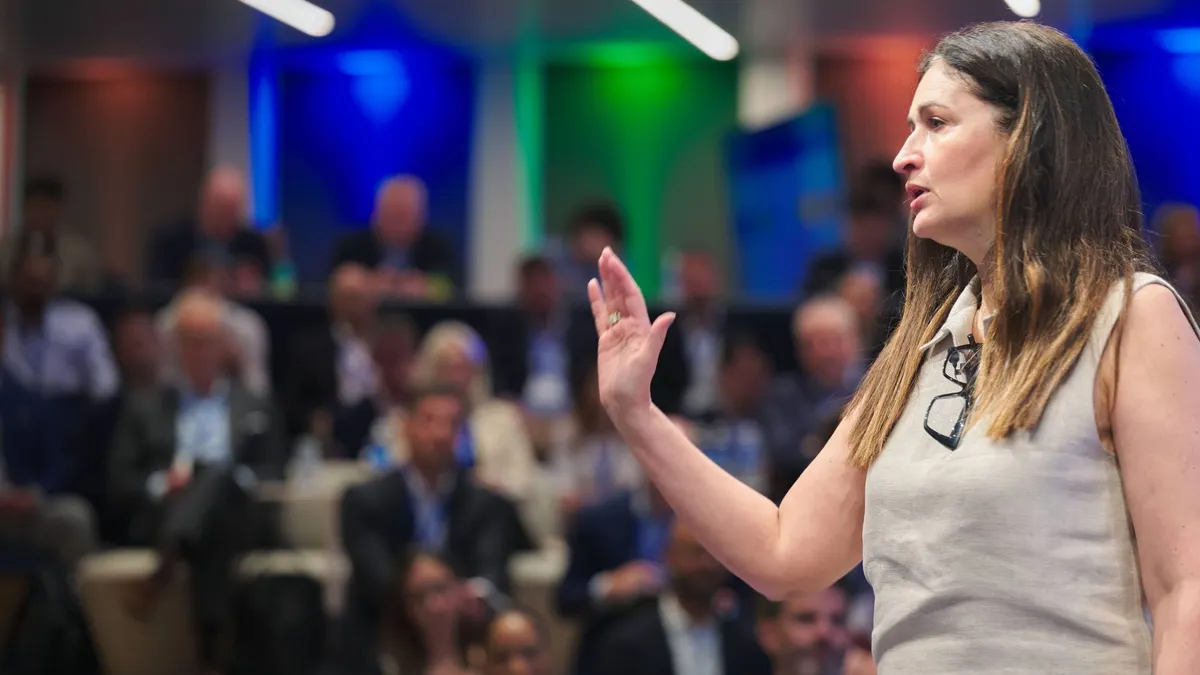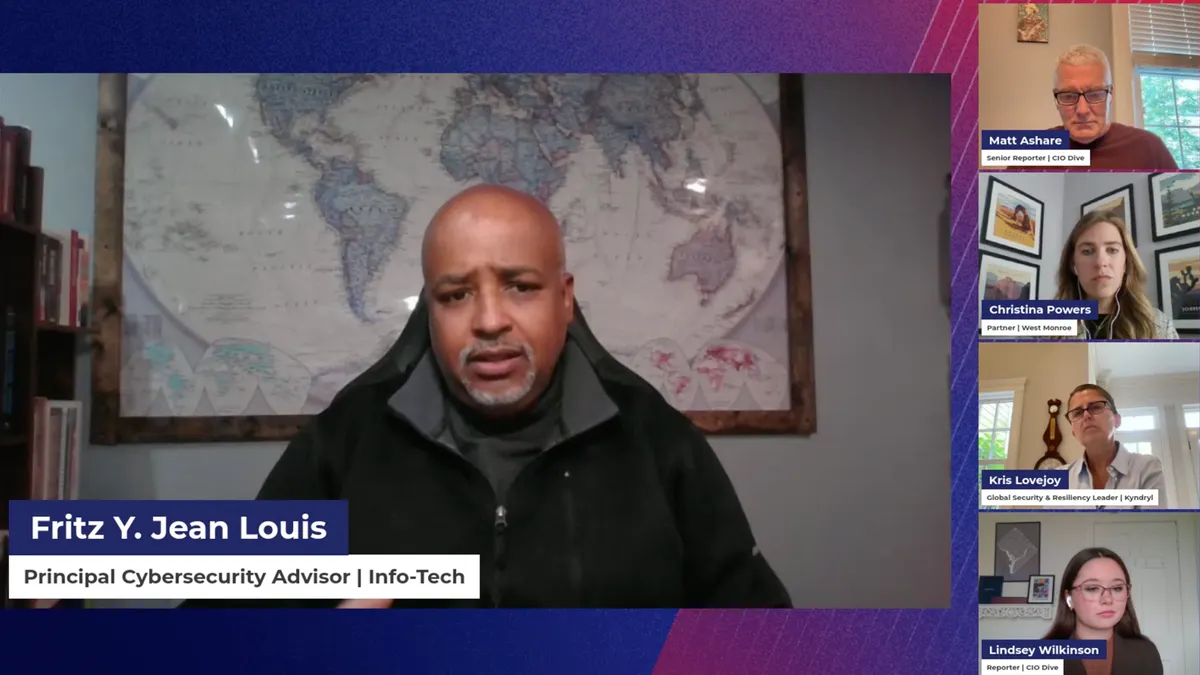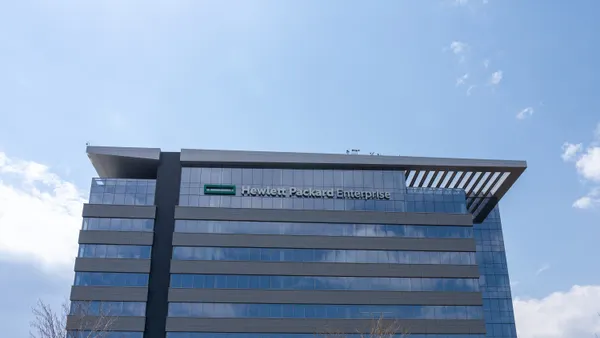Dive Brief:
- Lamb Weston named IT veteran Benjamin Heselton its CIO to lead the company’s global technology strategy, according to a Wednesday press release.
- Heselton comes to the frozen potato products supplier after serving in a series of IT roles at Würth Group for more than 17 years, including as CIO. He replaces Sukshma Rajagopalan, who departed the company in October to become head of go-to-market products and technology at ServiceNow.
- The new hire joins Lamb Weston, which counts McDonald’s and Yum! Brands as customers, at a time of complexity. A multiyear ERP migration created unexpected challenges that affected its bottom line. It also faces market and corporate shifts, which include COO Michael J. Smith stepping in as CEO and president after Q2 2025 earnings reported in December showed net sales fell 8% and income from operations fell 94% year over year.
Dive Insight:
Heselton brings a deep IT background to the role, with decades of experience in business intelligence, analytics and application development prior to becoming a CIO. Most recently, Heselton served as CTO at Würth IT USA, a newly formed IT services subsidiary for Würth Group’s North American operations specializing in SAP projects.
Lamb Weston has had its own experience with SAP. In 2023, it began moving its North American operations from a legacy ERP system to SAP S/4HANA but experienced a series of issues, such as reduced inventory visibility at distribution centers that caused delayed shipments and order cancellations. In an April 2024 earnings bulletin, the company estimated the difficulties affected net income by approximately $72 million for its Q3 fiscal year 2024.
Lamb Weston has since surmounted its ERP migration hurdles. During Q3 of its 2025 fiscal year, net sales increased 4% and volume grow 9% year over year as the company "fully replaced the combined regional, small, and retail customer volume lost in the prior year during its transition to a new ERP system,” according to an April earnings report. Lamb Weston expects to complete the North American segment of its ERP project in 2026.
The company also faces challenges beyond ERP. In October, it announced a restructuring plan to drive operational and cost efficiencies that included closing a manufacturing facility and laying off 4% of its global workforce.















